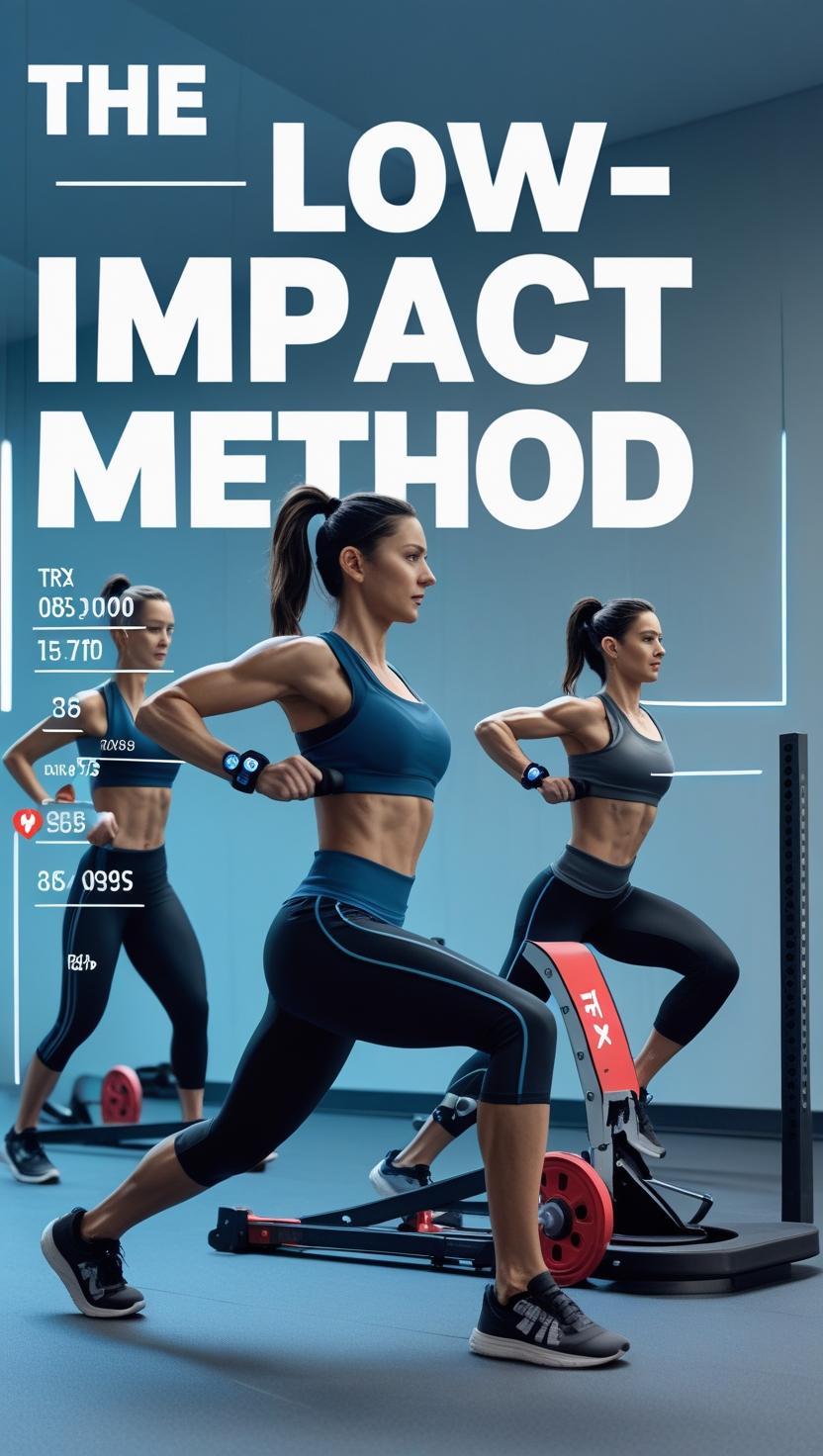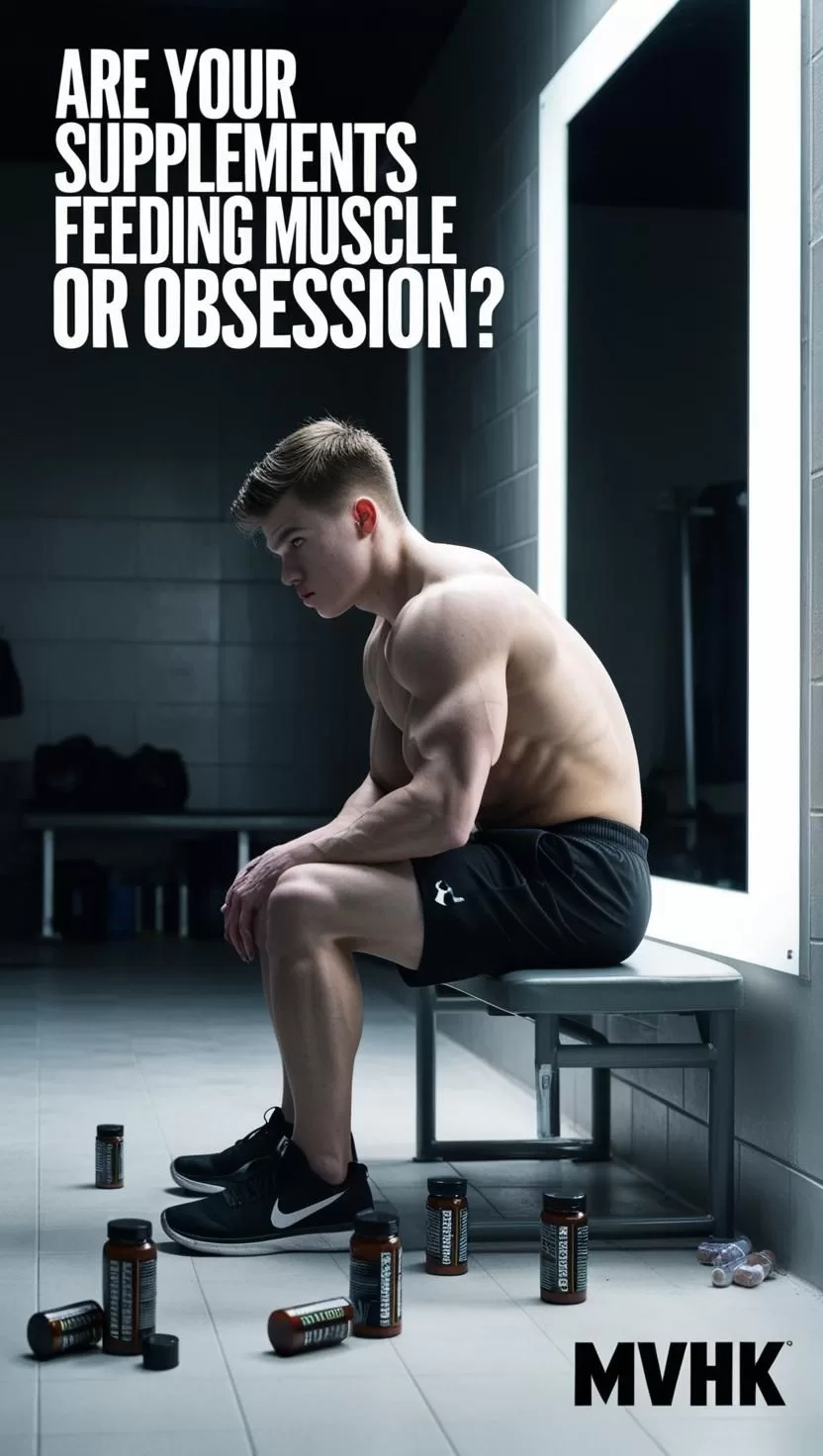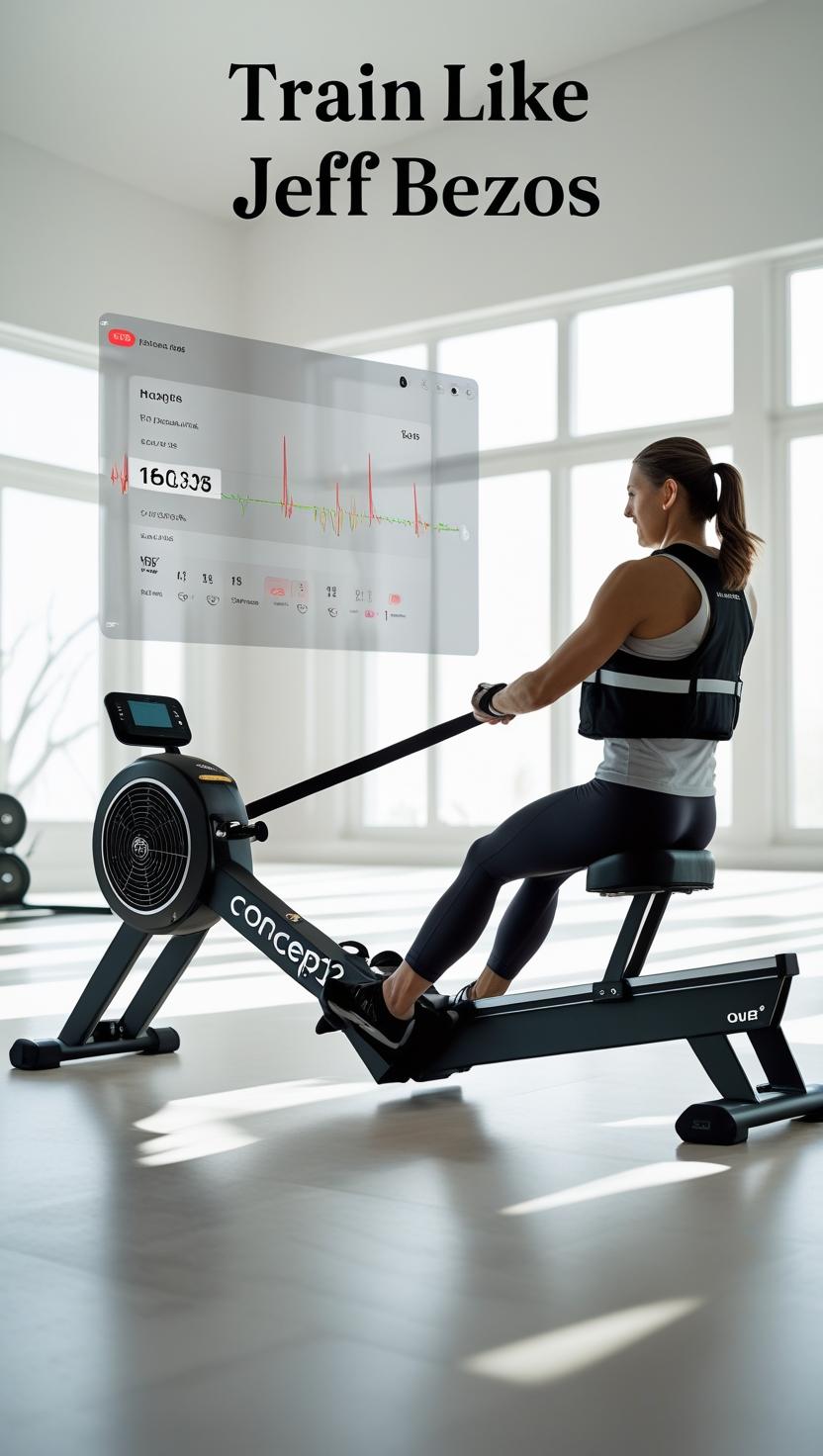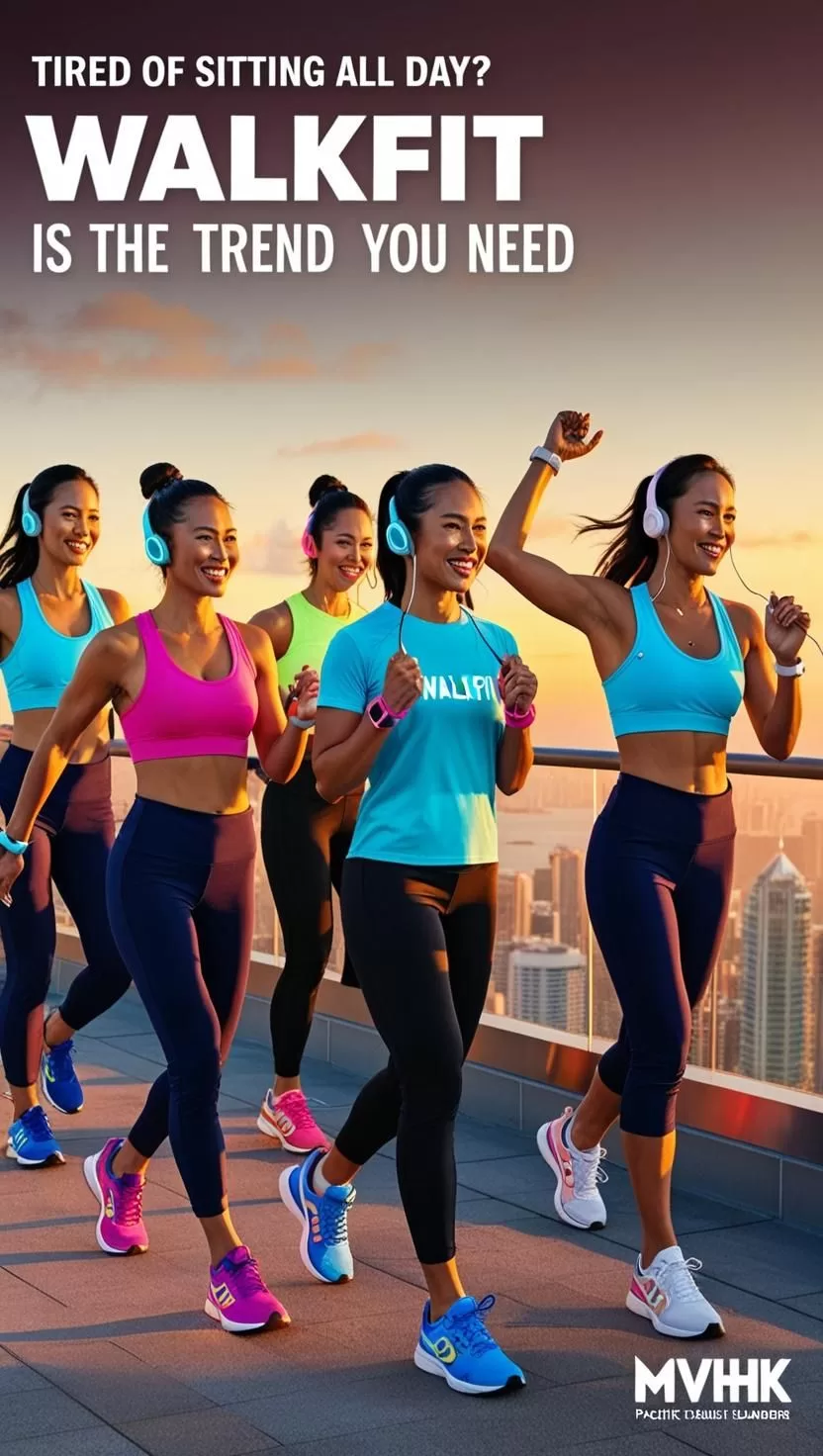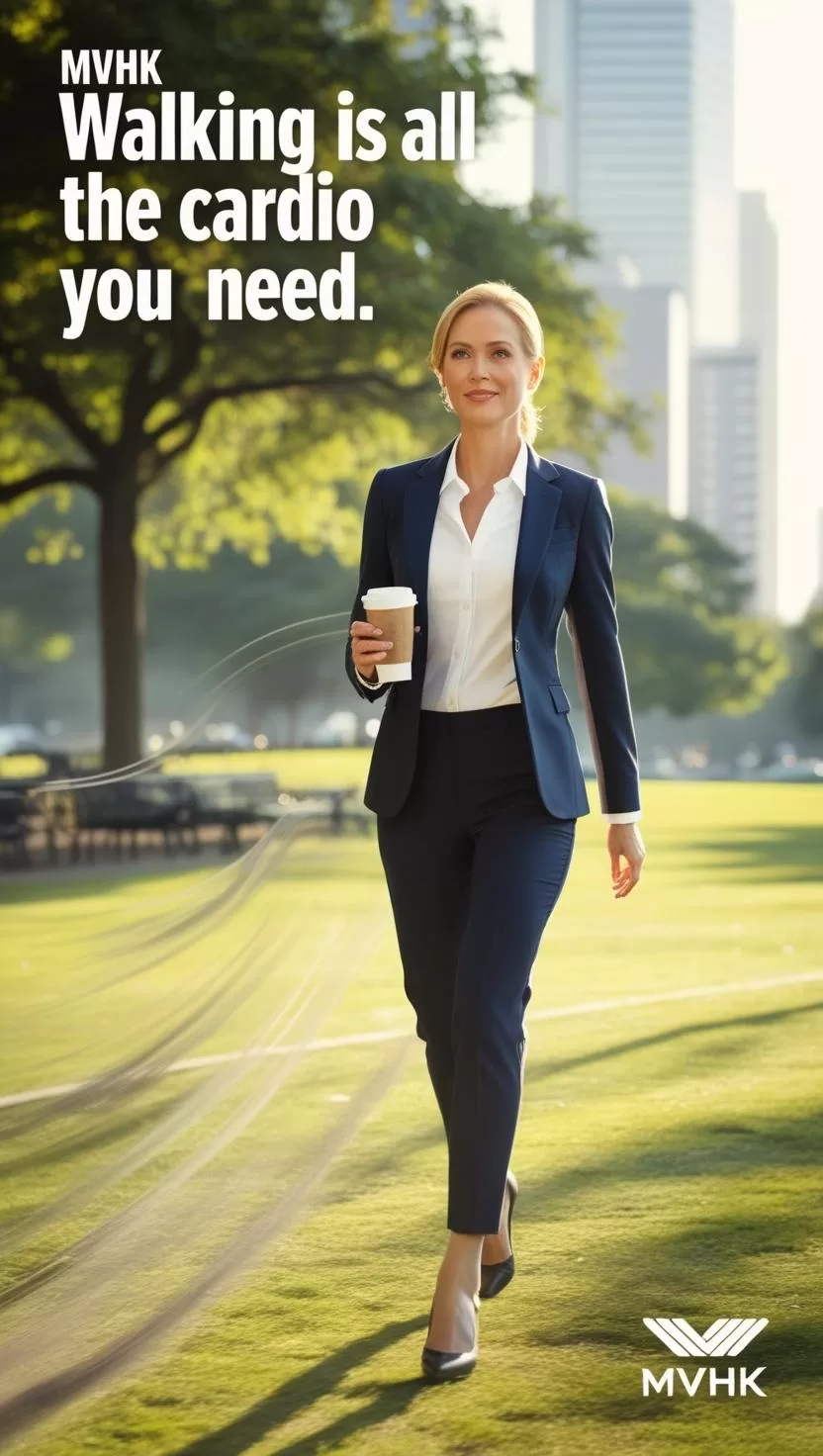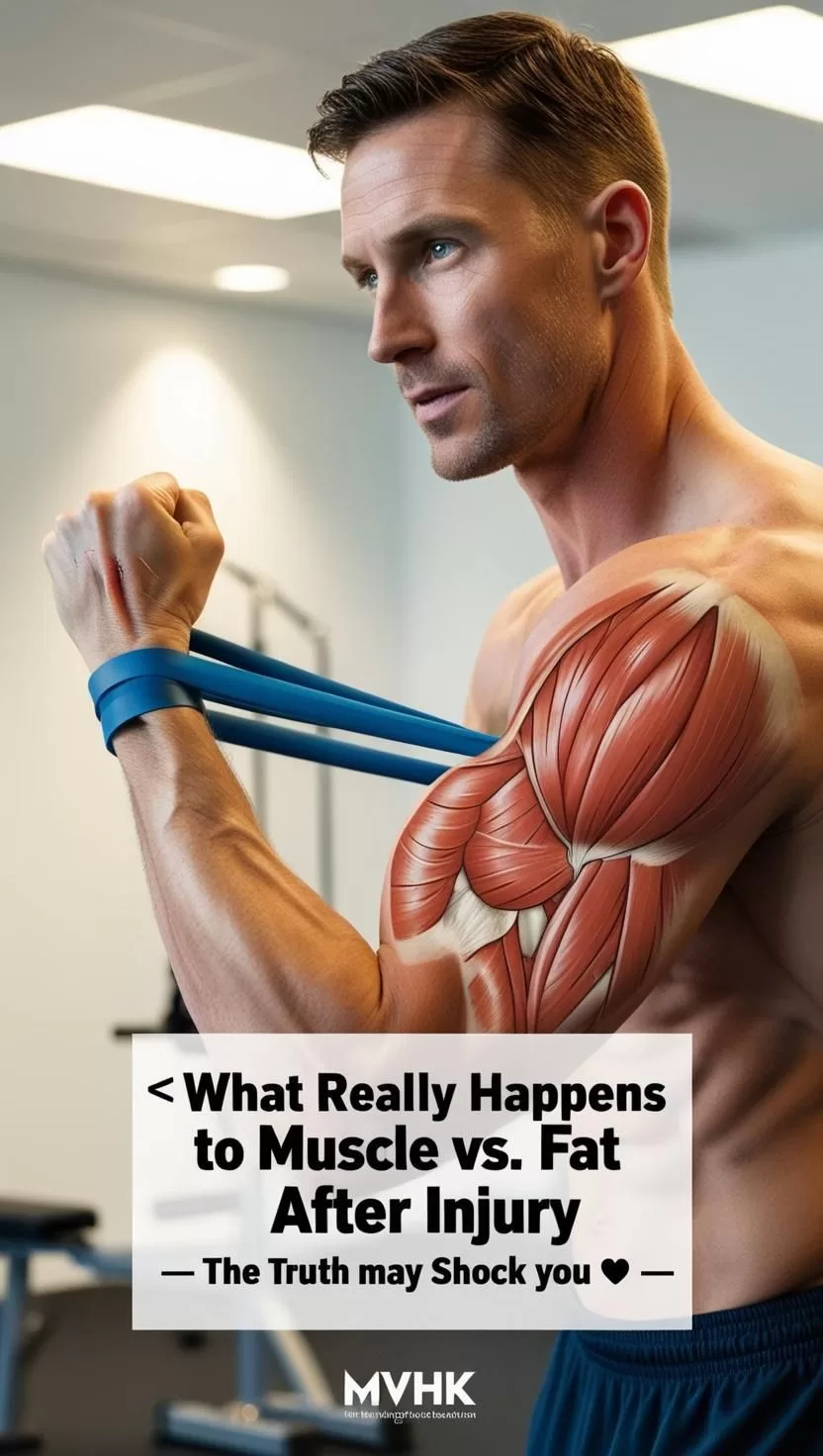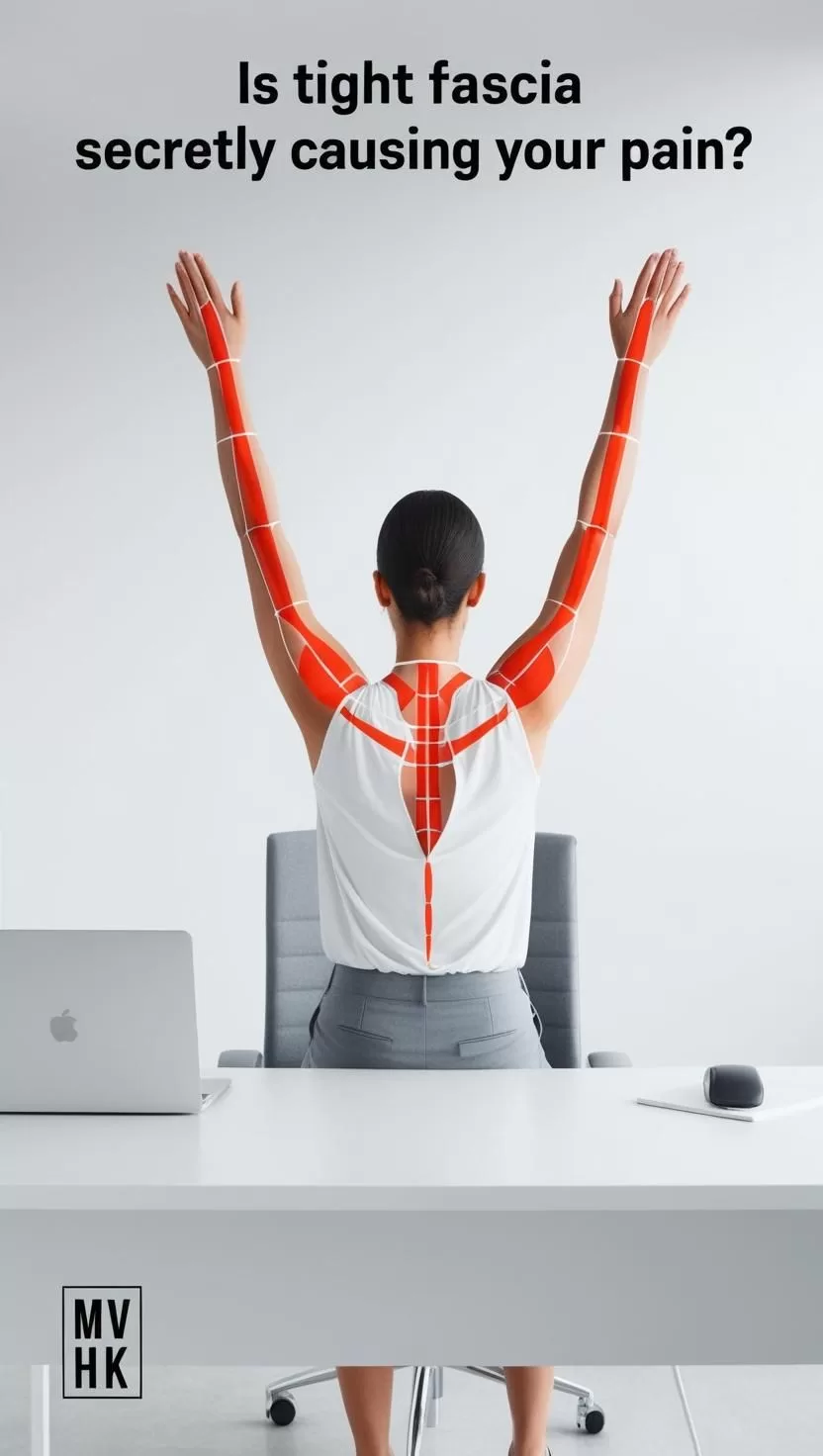Low-Impact Longevity Training: Build Strength Without Breaking Down
Introduction
What if the secret to lasting strength and recovery wasn’t training harder, but smarter? In 2025, more athletes, professionals, and comeback warriors are shifting to low-impact training strategies that deliver results without destroying joints. With chronic inflammation, hormonal decline, and joint decay increasing with age, the “no pain, no gain” model is being replaced. Enter Okerson’s method: a science-backed system of slow eccentrics, joint-safe angles, and daily movement that builds longevity, mobility, and muscle—without high-impact wear and tear.
This article unpacks the mechanisms behind low-impact training and why it’s fast becoming the go-to recovery and strength method for long-term health.
🎯 The Science Behind Low-Impact Longevity Training
Latest Research
According to recent research from the Journal of Strength and Conditioning Research, eccentric-focused training generates more hypertrophy with less stress on connective tissue. Similarly, a 2024 Harvard Health review highlighted that zone 2 cardio—performed at moderate heart rate intensities—promotes mitochondrial health and inflammation reduction.
Mechanisms
- Eccentric Emphasis: Muscle damage during eccentric (lengthening) phases stimulates growth with reduced systemic inflammation.
- Controlled Tempo: Slower reps increase time-under-tension, stimulating deep muscle fibers without spiking cortisol.
- Joint-Friendly Angles: Exercises like TRX rows and sled pushes reduce shearing forces on joints while engaging full-body stabilizers.
- Inflammation Reduction: Sub-maximal loading and aerobic conditioning reduce IL-6 and CRP—two key inflammatory biomarkers.
Expert Opinions
Dr. Stacy Sims, a leading physiologist, notes, “We’re seeing a shift away from high-impact HIIT in aging populations. Controlled, low-impact strength training is now foundational to functional longevity.”
Okerson’s approach aligns with this: maximum muscle output, minimum joint stress.
💪 Implementation Guide
Getting Started
Begin with foundational moves:
- TRX rows (slow negatives)
- Trap bar carries (loaded stability)
- Zone 2 incline walks (heart rate 120–140 BPM)
- Sled pushes (knee- and hip-dominant without impact)
Start with 3x/week sessions focusing on controlled eccentric reps, 8–10 per set, and 3–4 seconds per negative.
Progression Strategies
- Increase load slowly (5–10% per week)
- Add duration rather than impact (e.g., extend walks)
- Track recovery using HRV or morning resting heart rate
- Cycle intensity: 2 weeks of buildup, 1 week of deload
Common Mistakes
- Rushing tempo (undermines eccentric benefits)
- Overtraining without tracking recovery
- Using traditional hypertrophy splits (Okerson’s system is full-body focused)
- Ignoring breathing mechanics
🚀 Advanced Techniques
Personalization
Use wearables to track strain, HRV, and sleep scores to tailor intensity.
Integrate fascia-focused mobility on recovery days to maintain elasticity.
Technology Integration
Devices like WHOOP and Garmin help monitor real-time effort and guide zone 2 cardio thresholds.
Velocity-based training (VBT) tools can track rep speed for eccentric control.
Sustainability
Unlike high-impact modalities, this training is built for daily application. By rotating movement patterns and prioritizing joint angles, inflammation is kept low and CNS fatigue is minimized.
📊 Results & Success Stories
Case Studies
- John, 52: Replaced CrossFit with Okerson’s plan. “Gained strength, lost chronic back pain, and now sleeps better.”
- Maya, 45: “Finally training 6x/week without joint pain. My TRX rows went from 8 reps to 20 controlled reps.”
Measurable Outcomes
- Reduced resting HR by 10 BPM in 4 weeks
- CRP levels dropped by 30% in 2 months (verified via bloodwork)
- Strength improvements (trap bar carry +30 lbs in 6 weeks)
Community Feedback
The online comeback community reports high compliance and lower injury rates, making this program especially popular with Gen X and comeback warriors.
🎯 Action Plan: Start Today
Week 1–2: Foundation
- Daily 30-min walks (zone 2)
- 3 strength days: TRX rows, goblet squats, trap bar carries
- Prioritize 3–4 sec eccentrics + nasal breathing
Week 3–4: Progression
- Add sled pushes
- Extend walks to 45 mins
- Include mobility drills (hips, thoracic spine)
Long-term Maintenance
- Train 5–6x/week alternating strength and mobility
- Keep cortisol low with consistent sleep and breathwork
- Retest strength monthly, adjust volume not impact
FAQ Section
Is low-impact training effective for building muscle?
Yes. Eccentric-focused, tempo-controlled training increases hypertrophy with less joint wear, supported by peer-reviewed studies.
Does low-impact mean low intensity?
Not at all. It means smart intensity—using control, breath, and muscle tension instead of brute force.
How do I start this method at home?
Begin with bodyweight TRX rows, incline treadmill walks, and slow squats. Focus on form and control.
When will I see results?
Most users report improved energy, mobility, and strength in 4–6 weeks.
Is this safe for people over 50?
Absolutely. It’s designed for aging bodies with declining hormones and higher inflammation—ideal for recovery and longevity.
